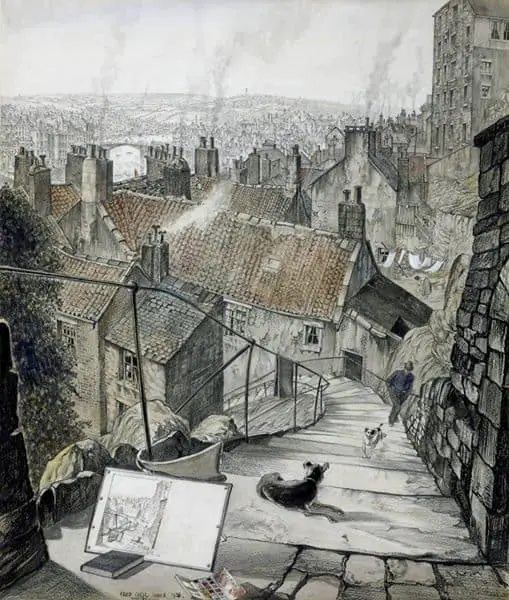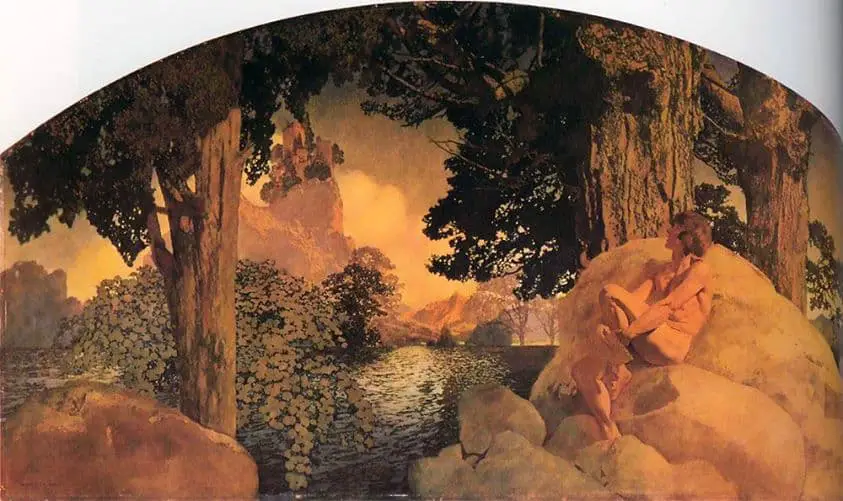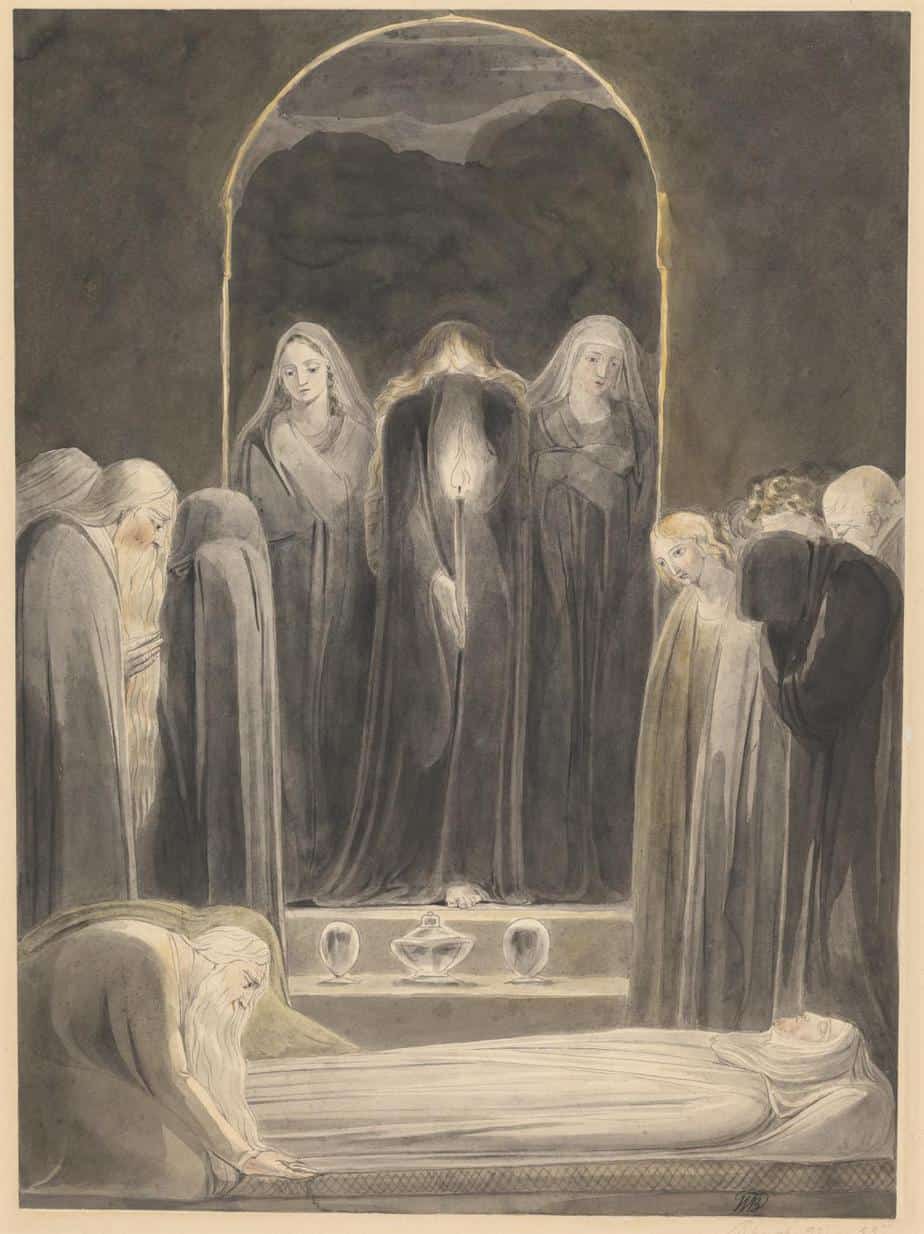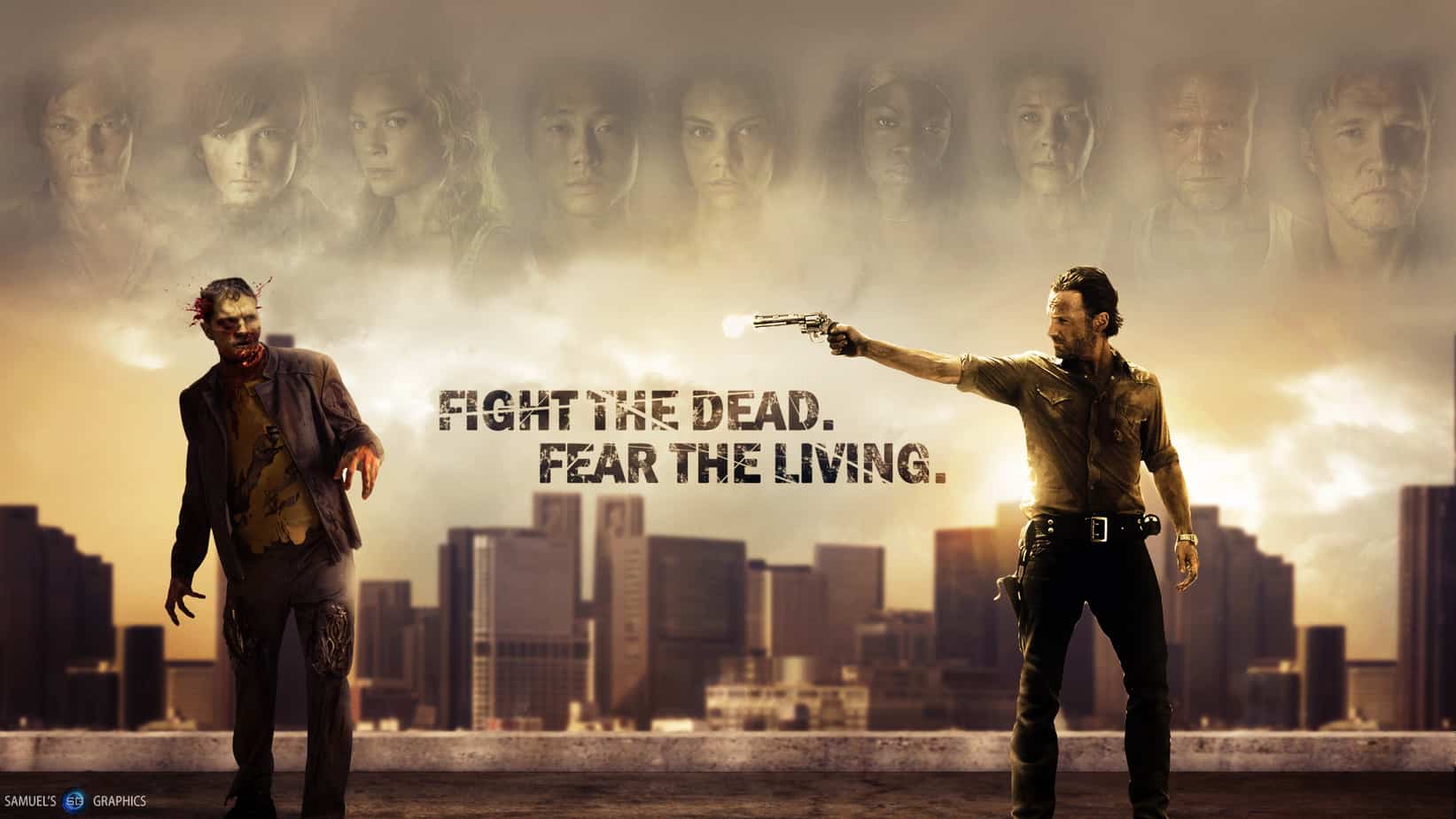-
Hairball by Margaret Atwood Short Story Study
“Hairball” is a dark and playful short story by Margaret Atwood. Find it in the Wilderness Tips collection (1991).
-
Bunny Stew by Mikki Mares Short Story Analysis

Disney typically takes a nightmarish, harrowing fairy tale and bowdlerises it according to the more conservative end of its perceived audience. But lest we forget: In 1993 the Disney corporation also published a short story as disturbing as your typical pre-Grimm fairytales, replete with cannibalism. Disney had run a “Scary Tales” competition, and “Bunny Stew” was the winner.
-
A Glossary of The Underworld
Since we’re all going to hell (by someone’s rules), here is a glossary of terms you may need before you get there. I’d provide a map, but that is coming. ACHERON One of the Five Rivers of the Realm of Hades, according to Ancient Greeks. This is an actual river located in northwest Greece. The
-
Fear of Engulfment in Storytelling
There’s a very good reason why girls should be told the truth about baby-making as soon as they ask: If she’s old enough to be asking, she’s old enough to be worrying.
-
Rich As Stink by Alice Munro Short Story Analysis

Rich as Stink is a short story by Canadian writer Alice Munro included in the 1998 collection The Love Of A Good Woman. Gaslighting, parentification, spousification, self-objectification, coercive control… People living in 1974 did not have ready access to the language of psychology and found it difficult to describe emotionally abusive relationships, let alone talk
-
Cannibalism in Storytelling

If you wanted to create a scary monster, the scariest ever, how would you go about it?
-
Chimneys In Art And Storytelling

The chimney is a multivalent symbol in storytelling. Chimneys can be cosy and welcoming. A column of smoke rose thin and straight from the cabin chimney. The smoke was blue where it left the red of the clay. It trailed into the blue of the April sky and was no longer blue but gray. The
-
Zoo by Anthony Browne (1992) Analysis

Zoo is a postmodern picture book written and illustrated by Anthony Browne, first published in 1992.
-
Castles In Art and Storytelling

The castle is a feature of Gothic storytelling, and commonly makes appearances in ghost stories of all kinds. Dragons and castles also go together. As kids my friends and I played King of the Castle. There’s not much to it. We used a pile of dirt, left by some builders. One person climbs to the
-
Tunnel and Cave Symbolism

In symbolism, there is often a manmade and naturally occurring equivalent. The tunnel is the manmade version of a cave, the sewer a sea (littoral) cave.
-
Symbolism of Containers

Vessels or containers are as important for the space they contain as well as for any material they hold. Containers tend to be associated with women. As motifs running throughout a story they can also symbolise physical or emotional containment, either self-driven or imposed upon a character from outside. When Did Humans First Use Containers?
-
Symbolism of the Veil

A veil symbolises a separation. The separation might be: Veils are typically made from diaphanous material. At first glance the nature of the separation appears flimsy. Importantly, the separation is two-directional. ‘To believe in [a ghost] is to believe not only have the dead the power to make themselves visible after there is nothing left
-
How Pearl Button Was Kidnapped by Katherine Mansfield Short Story Analysis
“How Pearl Button Was Kidnapped” is a modernist short story by Katherine Mansfield, published 1912. At its heart, “Pearl Button” is a story about a clash of two cultures seen through a child’s eyes. This story plays out as a duality of restriction and freedom. The European settlers are restricted while the Māori people enjoy
-
Vampire Terminology

A list of words and concepts related to vampires. First, what do we mean by ‘vampire’?
-
Zombie Terminology

Why all the zombies in stories? Zombies have unlimited potential as metaphor. Historically, storytellers have used zombies to explore tensions between conservative and progressive values. The zombies themselves represent widespread cultural anxieties of their era. Some storytellers use zombie stories to reinforce the status quo while progressive storytellers use zombies to critique it. Watching the